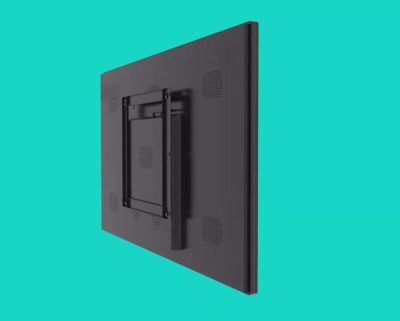Energy efficiency is a crucial consideration when it comes to LED video walls, as they are often used in environments where they operate for extended periods. Here are several ways in which LED video walls can be made more energy-efficient:
- LED Technology: LED (Light Emitting Diode) technology itself is inherently energy-efficient compared to other display technologies, such as plasma or older LCD screens. LEDs consume less power to produce the same level of brightness and color.
- Brightness Control: Adjusting the brightness of the LED video wall to match ambient lighting conditions can significantly reduce energy consumption. Lowering the brightness during daytime or in well-lit areas can lead to substantial energy savings.
- Automatic Brightness Sensors: Some LED video wall systems come with ambient light sensors that automatically adjust the screen brightness based on the surrounding light levels. This ensures optimal viewing while minimizing energy usage.
- Content Optimization: Carefully optimizing the content displayed on the LED video wall can reduce energy consumption. For example, using dark backgrounds or darker color schemes can require less power to display compared to bright, white backgrounds.
- Energy-Efficient Electronics: Choosing energy-efficient components for the video wall system, including power supplies and controllers, can help reduce the overall power consumption of the setup.
- Energy-Saving Modes: Many LED video walls offer power-saving modes that can be enabled during periods of inactivity. These modes can reduce power consumption by dimming or turning off the display when not in use.
- Scheduled Shutdowns: Implementing a schedule for turning off the LED video wall during periods when it is not needed, such as overnight or during non-operational hours, can result in substantial energy savings.
- Efficient Cooling: Proper cooling and ventilation systems can prevent overheating, which can lead to higher power consumption. Using efficient cooling solutions can help maintain the LED video wall’s performance without excessive energy use.
- Energy Monitoring: Installing energy monitoring systems can help track power usage and identify opportunities for further optimization. This data can inform decisions on when and how to use the LED video wall most efficiently.
- Regular Maintenance: Keeping the LED video wall clean and well-maintained ensures that it operates at peak efficiency. Dust and dirt buildup can reduce the effectiveness of LEDs and increase power consumption.
- Energy-Efficient Displays: When purchasing LED video wall displays, consider models that are specifically designed for energy efficiency. Some manufacturers offer displays with lower power consumption while maintaining high-quality visuals.
- Power Management Software: Utilize power management software that allows for centralized control and monitoring of multiple LED video walls. This can simplify the process of adjusting settings for energy efficiency.
- Energy-Efficient Installation: Properly plan the installation of the LED video wall to ensure efficient cable routing and power distribution. Minimizing cable lengths and using energy-efficient power distribution systems can help reduce energy loss.
By implementing these energy-efficient practices and technologies, organizations can not only reduce their energy bills but also contribute to environmental sustainability by minimizing their carbon footprint associated with LED video wall operation.















